In the complex ecosystem of modern streaming, understanding how viewers interact across multiple platforms has become the holy grail of media measurement. Gone are the days when a single metric could capture the full picture of audience engagement.
The Measurement Challenge
The streaming landscape of 2025 is a labyrinth of devices, platforms, and viewing behaviours. A single viewer might start a show on their smart TV, continue a tablet during their commute, and finish on a smartphone before bed. Traditional measurement approaches crumble in the face of such complexity.
What’s emerging is a more sophisticated approach to cross-platform measurement – one that recognizes the interconnected nature of modern media consumption. This isn’t just about tracking views; it’s about understanding the entire viewer journey, from initial exposure to final conversion.
The Data Integration Revolution
The key to solving this puzzle lies in sophisticated data integration. Platforms are now developing advanced technologies that can track viewer behaviour across multiple devices and platforms while maintaining strict privacy standards. Machine learning algorithms parse through massive datasets, creating nuanced profiles of viewer behaviour that go far beyond simple demographic information.
First-party data has become the most valuable currency in this new ecosystem. Streaming platforms are investing heavily in technologies that can collect, analyse, and activate viewer data in real-time, creating increasingly sophisticated targeting and measurement capabilities.
Redefining Success Metrics
Traditional metrics like reach and frequency have been replaced by more holistic measurements. The Total Video Rating (TVR) has become the new standard, providing a comprehensive view of how content performs across different platforms and devices.
Success is now measured by a complex interplay of factors: engagement duration, cross-platform interaction, brand lift, and ultimately, business impact. It’s no longer enough to know how many people saw an ad – platforms and advertisers want to understand how that exposure translates into real-world outcomes.
The Privacy Paradox
Perhaps the most significant challenge in cross-platform measurement is balancing sophisticated tracking with increasing privacy concerns. Viewers want personalized experiences but are increasingly protective of their personal data. The platforms that succeed will be those that can provide value while maintaining transparency and giving viewers control.
Emerging technologies like federated learning and differential privacy are providing new ways to gather insights while protecting individual user data. It’s a delicate balance between personalization and privacy, and the stakes have never been higher.
Looking to the Future
As we move forward, cross-platform measurement will become increasingly sophisticated. Artificial intelligence and machine learning will play a crucial role, providing predictive insights that go beyond traditional retrospective analysis.
The ultimate goal is a holistic view of viewer behaviour that respects individual privacy while providing unprecedented insights into how media impacts consumer behaviour. It’s a complex challenge, but one that represents the next frontier of media measurement.
For advertisers and platforms alike, the message is clear: those who can best understand and leverage cross-platform measurement will have a significant competitive advantage in the evolving streaming landscape.



Leave a Reply